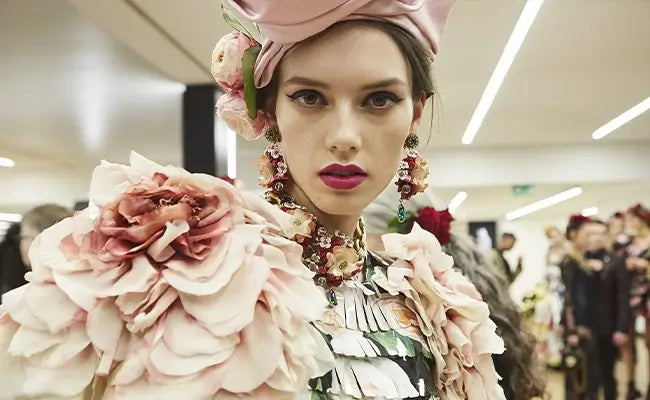
Sardinia, Exploring Narratives Beyond Imagination
Sardinia, Exploring Narratives Beyond Imagination of the Island and Its Cultural Heritage






La Parata di Sant’Efisio
Among the festivities that encapsulate the essence of Sardinia, the Sant’Efisio Festival in Cagliari stands out as a profound expression of spirituality and tradition. Held from May 1st to 4th, the city transforms into a living tableau of ritual and devotion. Saint Efisio, originally from Antioch and renowned for allegedly saving the island from the plague in 1656, was martyred in Nora. His martyrdom is commemorated through a solemn procession that continues to this day.
During the festival, the statue of Sant’Efisio is carried on a gilded cart, preceded by picturesque “traccas”—ox-drawn carts adorned with flowers and agricultural tools. As the procession winds through the city, hundreds of Sardinians dressed in traditional attire proudly display their cultural heritage. A particularly evocative moment in the celebration is the “Sa Ramadura” ritual, where the procession route, formerly lined with aromatic plants, is now covered in flower petals, creating a vibrant and fragrant carpet that honors the saint’s journey.
This festival transcends mere religious observance, vividly showcasing Sardinian identity and its deep cultural roots.


Masks: mystery and magic
Carnival in Sardinia reveals a tapestry of traditions, each with its own unique significance and historical depth, prominently represented by the Mamuthones and Issohadores. These masks, integral to the Mamoiada Carnival, are not just festive attire but profound symbols of a millennia-old cultural heritage. Each mask is meticulously handcrafted, embodying ancient traditions and serving as a testament to communal identity.
The Mamuthones, distinguished by their dark wooden masks and sheepskin costumes, evoke an air of mystique and reverence. Their slow, deliberate movements, accompanied by the haunting clang of cowbells draped across their shoulders, create an aura of ancient ritual and solemnity. This performance, reminiscent of sacred rites, symbolizes the raw power of nature and the unpredictable cycles of the seasons—central elements in rural Sardinian life.
In contrast, the Issohadores, clad in white masks and vibrant costumes, represent the dynamic struggle between good and evil, a central theme in Sardinian festivity. Their acrobatic displays and agile movements, highlighted by the use of the “soha” (a rope symbolically capturing onlookers), recall ancient bull hunts, which are revered as symbols of fertility and communal renewal. Through their energetic performances, the Issohadores embody vitality and resilience, celebrating the enduring spirit of the Sardinian people.
These masks are more than mere decorations; they are vessels of history, culture, and spirituality. They link past generations with the present, preserving Sardinia’s deep-rooted traditions while showcasing its rich cultural diversity.


Bread, a Culinary Treasure
Breadmaking is a revered and ancient ritual that has been passed down through generations, elevating bread to a symbol of profound significance in Sardinian cuisine.
The Coccoi Pintau, or "decorated bread," transcends mere sustenance to become a form of edible art. Crafted from sturdy dough and meticulously adorned by hand with traditional tools like knives and rollers, each piece reflects a deep-seated culinary heritage. Often featured in celebrations such as weddings and baptisms, the Coccoi Pintau is not just a food item but a symbol of prosperity and abundance, enhancing the significance of these special occasions and making them truly memorable.



Each of these breads offers a unique culinary experience, inviting exploration into the rich gastronomic traditions of an island renowned for its enduring and diverse culinary heritage.




Ancient Traditions
Sardinia’s artisanal heritage is a rich mosaic of ancient traditions and evocative narratives. Hand-woven carpets, adorned with intricate floral patterns, offer a window into the island's historical storytelling, reflecting a legacy passed down through generations.
In parallel, the woven baskets from Oliena and Sinnai exemplify the island's rustic charm and the enduring skill involved in crafting with natural materials. These baskets seamlessly combine functionality with artistic expression, representing a harmonious blend of practicality and creativity.
Sardinian Filigree, a revered art form, showcases delicate jewelry meticulously crafted from gold or silver. This includes rings, bracelets, earrings, and pendants, with particular emphasis on the golden button, often set with a precious gem. Beyond their role in ceremonial attire, these buttons symbolize fertility and prosperity, with their rounded shapes echoing the feminine form. They underscore Sardinia’s deep cultural and ritualistic connections, embodying a profound link between art and tradition.











